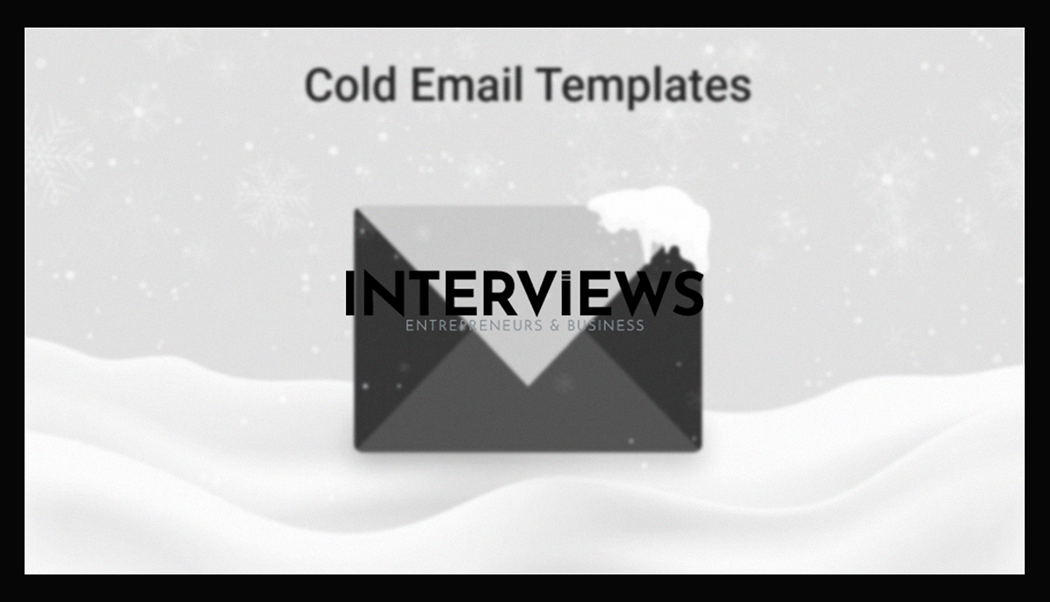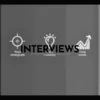Cracking the Cold Email Code: When’s the Sweet Spot to Hit ‘Send’?
Cold emailing can be exciting. You have great subject lines and solid messages. But timing matters. Sending your email at the wrong moment is like arriving late to a party. You miss the fun.
Decoding the Days: Best Days of the Week for Cold Emails
Let’s discuss the week. You might believe mid-week is best for replies. But Monday beats them all. It’s the day when people are most engaged, despite mixed feelings about it. People get stuff done on Mondays.
Tuesday, Wednesday, Thursday are solid days too. They can bring good reply rates but can’t outshine Monday’s stats. Friday, Saturday, Sunday are tricky. Your emails risk getting ignored, like a lost pizza slice in the fridge. Avoid weekends for cold emails.
Open rates tell another story. Studies highlight Tuesday and Thursday as top days for opens. People seem eager to check their emails then. Wednesdays shine for click-throughs, ideal for generating action.
More data shows Thursdays often yield the highest open rates and revenue per recipient. But don’t discount Tuesday; it follows closely behind. Best days? Aim for Tuesday or Thursday while keeping Monday in mind for replies.
Timing is King: Finding the Golden Hours of the Day
Now onto timing in hours. When should you send cold emails? For best results, target morning (9-11 am) or early afternoon (1-3 pm). These hours often mean people are checking their emails during breaks, coffee in hand.
Some data suggests early weekend emails or mid-to-late afternoons on weekdays work well too. Catching people during transitions can boost your chances of getting noticed. Consider sending at early morning (5-6 AM) or early evening (5-6 PM). Less competition increases your chances!
Interestingly, many emails are sent during office hours (8:00 AM to 12:00 PM), but engagement peaks between 8:00 PM and midnight. People check their inboxes at night. But let’s be clear; night isn’t ideal for cold outreach unless your email relates to insomnia.
Generally, stick to office hours from 7 am to 7 pm. If you want precision, aim for 9 am to 11 am. B2B strategies suggest 9:01 a.m. to 12 p.m. works well, even if the extra minute seems odd.
Specific Scenarios: When Rules Get a Little Quirky
Let’s throw in some curveballs! What’s effective for internal emails? Surprisingly, sending on Sunday afternoons and evenings (3pm – 9pm) shows high open rates. Who would’ve thought Sundays are strong for office talk?
On the contrary, Saturday mornings (6am – 12pm) are dismal. Weekend mornings aren’t good for emails. It’s time for brunch, not inbox checking!
For reliable open rates, many swear by Tuesday at 9 a.m. and Wednesday at 8 a.m.. These slots provide reassurance, especially for B2B senders preferring the B2B sweet spot. They prefer sending between 9:01 a.m. and 12 p.m.
Special note on Mondays: shift timing for emails to around 6:01 a.m. to 9 a.m. EST. Early senders gain attention before the inbox fills up. And generally, avoid major holidays when sending cold emails unless your email celebrates.
Let’s debunk a myth about weekends being quiet! Those “worst days” can give you a competitive edge. While others avoid sending emails, it offers less competition. So, weekends can actually benefit your outreach.
Timing Faux Pas: When to Absolutely NOT Hit Send
Let’s discuss email timing etiquette. Avoid sending professional emails after 5 pm unless you target late-night engagement. For cold outreach, stay within office hours.
While Monday mornings shine for replies, Monday evenings (6 pm to 9 pm) are poor for engagement. People wind down from the day, often ignoring emails. Additionally, many people find Mondays overwhelming, so ease them into the week.
The worst timing? Saturday mornings (6am – 12pm). We addressed this already but it’s worth noting again: Saturday morning emails often receive no attention.
Beyond Timing: Boosting Your Email Game
Timing matters, but it’s not everything. Great subject lines give first impressions. Make them compelling and impactful for people to notice your email.
Add personalization to your strategy. Generic emails often lead to them being deleted. Tailoring your outreach shows you value the recipient and increases engagement.
Lastly, brevity counts too. Studies show emails between 75-100 words yield a 51% response rate! Respect people’s time; no one wants to read lengthy emails when concise messages do the trick.
The Nitty-Gritty: Legalities and Best Practices
A quick legality check: yes, cold emailing is permissible if rules are followed. The CAN-SPAM Act requires avoiding deceptive subject lines, providing opt-out options, and maintaining accurate sender information.
Regularly clean your email list! Schedule sessions monthly or quarterly. No one wants to send emails into voids created by invalid addresses.
Respect professional courtesy by answering within a 24-hour or one business day timeframe. Prompt replies show professionalism and value interactions. And if someone opts-out? Honor this within 10 business days.
This is your guide to cold email timing, with common sense mixed with data insights. Now go ahead and time your emails wisely!
Watch as your reply rates improve! Just remember that good timing alone needs a solid email to work.





